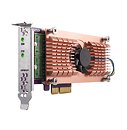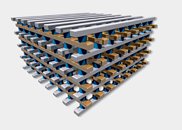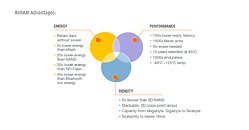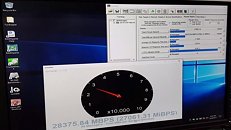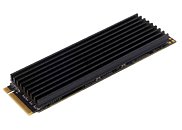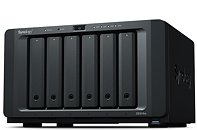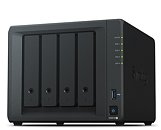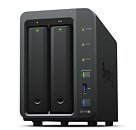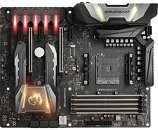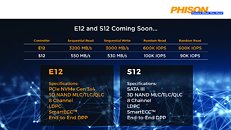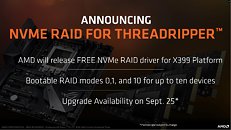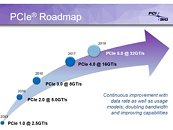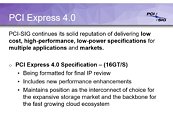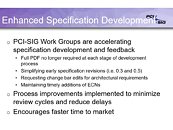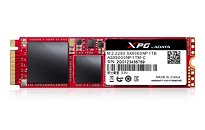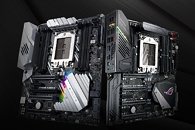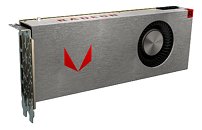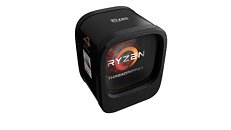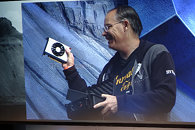
AMD Enables NVMe RAID on X399 Platform
AMD has delivered on its teased promise, and today introduced a software-driven NVMe RAID driver that enables users to, you guessed it, create bootable NVMe arrays on their X399, Threadripper platform. The new solution demands that users download the appropriate drivers from AMD (follow the source links), and that you backup and dismantle your puny SATA RAID - note that you won't be able to use dual SATA and NVMe RAID on your platform. Any X399 motherboard will support this, there are no restrictions on the models of the NVMe drives, but your OS will have to be Windows 10 (build 1703).
The installation can be done via BIOS (which depends on manufacturer's BIOS releases and QA schedules - or via software with AMD's own RAIDXpert2 software. You can also opt for either of three RAID modes: RAID0 (striping), RAID1 (mirroring), and RAID10 (striping with mirroring). RAID10, by design, requires four or six NVMe devices. AMD is quoting scaling values that are close to 100% for RAID read scaling, and somewhere around 90% write scaling with up to 6 NVMe drives (1-6x Samsung 960 Pro NVMe SSD with 512 GB each). That amounts to almost 21.2 GB/s read, and 11.53 GB/s writes for a 6x NVMe SSD RAID. If you want the ultimate storage system performance for us mortal consumers, now you know where you can get it.
The installation can be done via BIOS (which depends on manufacturer's BIOS releases and QA schedules - or via software with AMD's own RAIDXpert2 software. You can also opt for either of three RAID modes: RAID0 (striping), RAID1 (mirroring), and RAID10 (striping with mirroring). RAID10, by design, requires four or six NVMe devices. AMD is quoting scaling values that are close to 100% for RAID read scaling, and somewhere around 90% write scaling with up to 6 NVMe drives (1-6x Samsung 960 Pro NVMe SSD with 512 GB each). That amounts to almost 21.2 GB/s read, and 11.53 GB/s writes for a 6x NVMe SSD RAID. If you want the ultimate storage system performance for us mortal consumers, now you know where you can get it.





